Despite our name, we're not just render experts here at MisterRender, we can also install external wall insulation too.
This job is often something our Ripon clients will ask for whilst we carry out render work for them too, since it's much easier to install external wall insulation before applying render to protect it all - it's typically a job that's best done all at once.
If you haven't considered whether installing external wall insulation is right for you, then you've come to the right place today.
Below we'll talk about everything you need to know about external wall insulation, from the cost to the pros and cons, and to the types of properties it's best suited to.
So, if you want to find out if external wall insulation is right for you, read on below!
Before you have external wall insulation installed, it's important that you understand what it is. There's no use wasting money on wall insulation if you don't need it.
Basically, external wall insulation is a layer of insulation that's fixed over an existing wall. Because it's external wall insulation, this obviously applies to your outside walls only, where the insulating layer is attached to the outside of your property, and is then covered by a render or cladding to protect it from the elements.
Insulation works by helping your property hold on to heat more effectively, and adding insulation over external walls improves the external insulation, meaning heat loss is less of a problem for your home, and you'll save money on your energy bills and reduce your carbon footprint as a result.
Essentially, it will act as a large blanket around your home, warming up during the day, storing that energy, and then releasing it later on when the heating is off so your home can warm itself instead of relying on costly energy.
But it's important to note that this isn't the only insulation your home can have - and you might already have an effective system in place already.
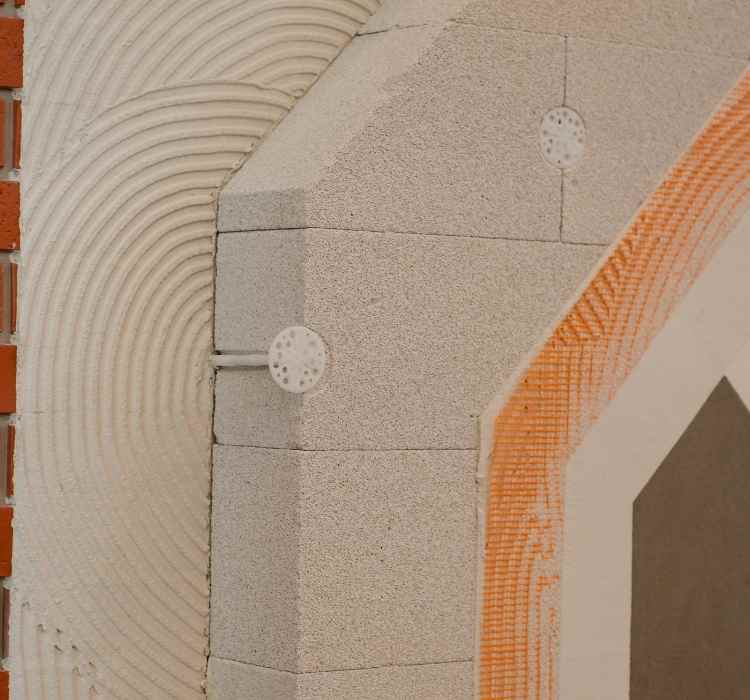
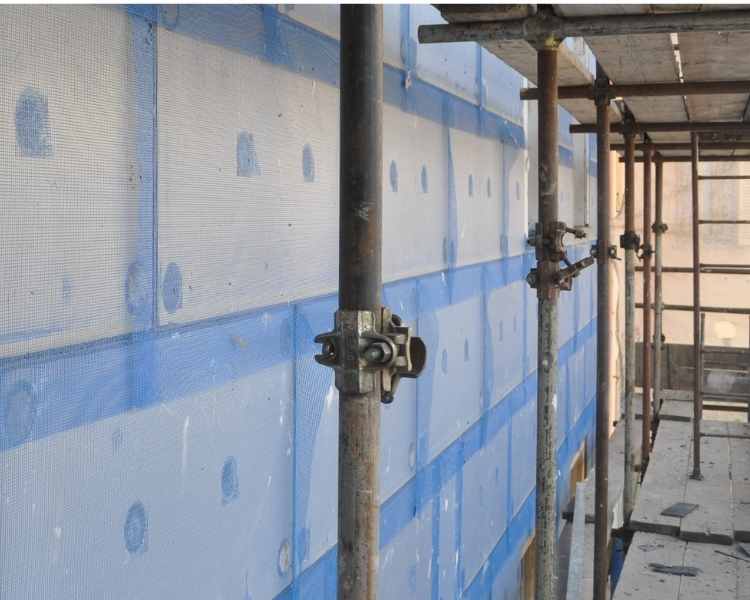
The reason you may need to learn more about external wall insulation might be that you've always lived in properties where an alternative form of insulation has been used. Typically, this will be either cavity wall insulation or internal insulation.
Below, let's look at what's different about these methods.
Cavity wall insulation is much more common than external wall insulation nowadays, since most homes are built with cavity walls.
A cavity wall is made up of two layers, with a gap or cavity between them. In these instances, it makes much more sense for the cavity wall insulation material to be installed in this gap, since it's already protected by the second layer of the cavity wall.
Obviously, cavity wall insulation can't be used on solid walls with no gap, which is the major difference between it and external wall insulation.
They both do the same job by improving thermal efficiency, reducing heating costs, and making your home more effective at staying warm, but they just do it in different ways. External solid wall insulation is applied on the outside of a solid wall, and cavity wall insulation is applied between the gap of the cavity wall's two layers.
Where one is used over the other depends on the wall type. There's rarely any point using exterior wall insulation on cavity walls, because they'll already have wall insulation in place. Although we'll cover why it is sometimes necessary later on.
Another method of insulation is internal insulation. When insulating internally, you'll typically build a timber frame on the inside of your property against the inner face of the property's external walls, which will then be filled with a rigid foam insulating material, followed by a vapour barrier to avoid issues with condensation.
This insulation will then be covered by internal walls, so you wouldn't be able to see the insulating layer.
Once again, the major difference between a house being insulated externally or internally is about where you're adding insulation.
Both methods are appropriate for properties built with solid walls (or non-cavity walls), but there are some things you need to take into consideration. For example, when using internal insulation you'll lose internal floor area because the frame and insulation is added indoors, before being covered by internal walls.
Then again, external wall insulation adds additional layers to the outside walls, so it wouldn't be appropriate to use this type of insulation on a terraced house, since it would be impossible to properly insulate it.
Installing solid wall insulation of any kind, internal or external, requires a great deal of thought and careful consideration, because even with a semi-detached property, the choice isn't an obvious one.
Knowing which is right for you will depend on your property, its walls, which type of property you have, and the current thermal performance of your home right now.
By contacting professionals like us here at MisterRender, we'll be able to determine which method of insulation you need, and discuss the best course of action for your cavity or solid wall property moving forward.
Sometimes, though, external wall insulation is an obvious choice, and the other insulation methods just don't make sense in comparison.
Of course, if you're insulating your solid walls, external wall insulation should already be on your radar, as a property with solid walls is more appropriate for this insulation method.
Solid brick walls or solid stone walls usually benefit most from external wall insulation when the property is semi-detached or detached, since this allows you to install the external solid wall insulation in more areas, providing more benefits.
Before installing solid wall insulation, a render test will be carried out on properties with existing render to see if it is strong enough to hold the new insulation. If it isn't, it will be removed before the external solid wall insulation is applied. If it is, then the steps continue as normal.
Once the test has been carried out, a layer of insulation will be added to the external walls, which will then be covered by a new render or cladding as normal.
The layer of insulation used will depend on a number of different factors, but below, we'll talk you through some of the most popular external wall insulation material options out there.
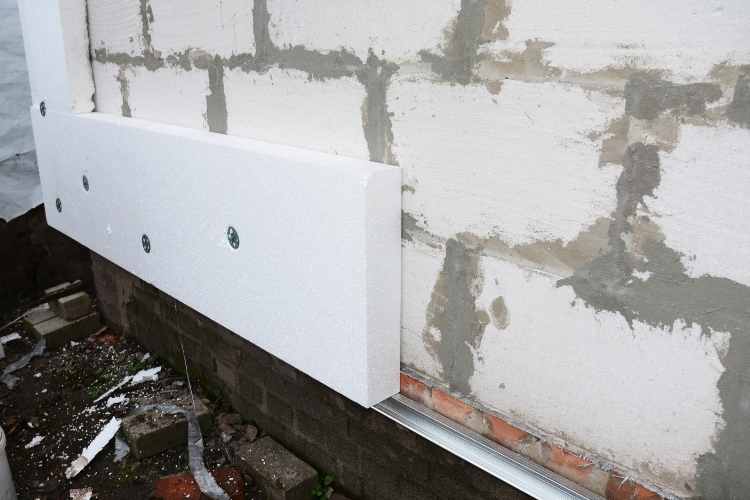
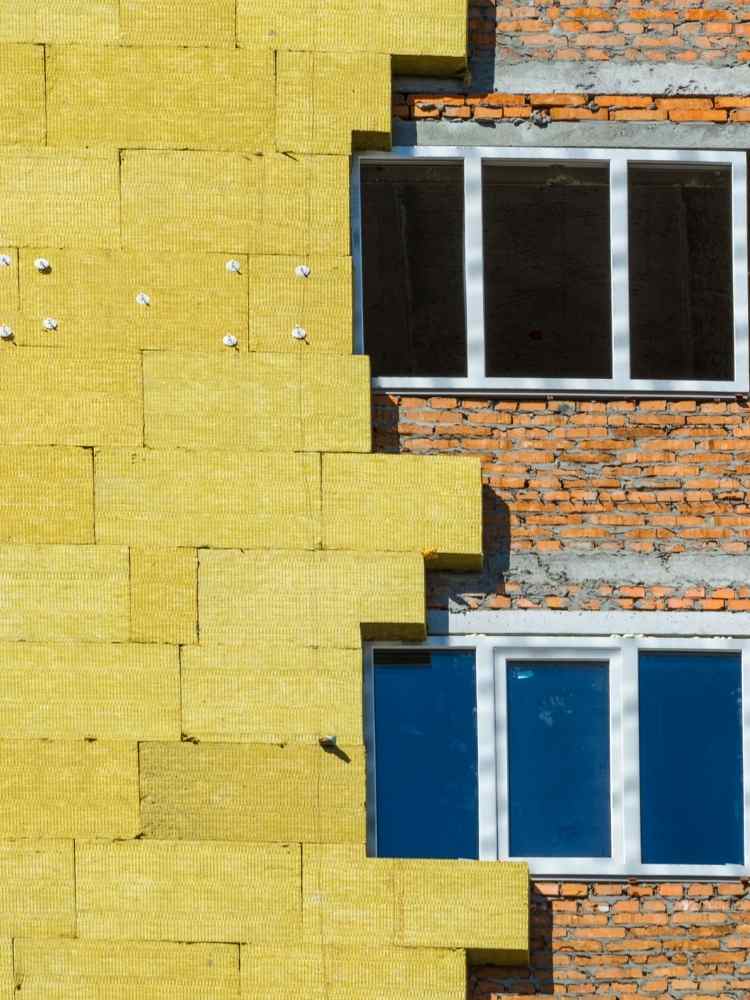
Different external wall insulation products have different characteristics. Some are vapour closed, for example, meaning they don't absorb water or allow water vapour to pass through. Others are vapour open, meaning they're breathable and allow water vapour to be absorbed and then the moisture is released quickly. Either one works well for thermal efficiency and energy performance.
Deciding which is right, again, comes down to the walls. Older solid wall properties have walls that are vapour open, so picking a vapour open external wall insulation material makes sense here to help it breathe and deal with moisture in the way it was designed to do.
Picking the right breathable option is important here, too. Something like a wood fibre is often a brilliant choice, but the render will need to be vapour open as well in order for everything to be able to breathe like it should. A lime render would work best in this situation.
Another example of breathable wall insulation is mineral wool, but this can't be directly rendered over, so usually another layer will need to be added.
If you require vapour closed external wall insulation, then they're usually synthetic, and are more commonly known as rigid board insulation. EPS, PUR, and PIR products all fall into this category. They can be a little trickier to install, but with a safe pair of professional hands like ours, it isn't a hard job.
Synthetic insulation works by covering the entire wall too, which can be beneficial compared to natural vapour open solutions, like cork or wood fibre, which generally starts above the damp proof course.
If the damp proof course isn't correct, then damp problems like rising damp may become an issue later down the line.
Deciding which type of external wall insulation you need will depend on your property, and we'd be able to advise further after an inspection of your home to determine the type of walls your property has.
Your u value is something that's really important when thinking about the insulation in your home. U value simply refers to thermal transmittance in your home, or rather, how your home deals with heat.
In order to be in line with building regulations, a property can't have a u value below 0.30W per square metre. Solid walls without insulation start with a value of around 1.20W per square metre (for 225mm thick solid brick walls and for 450mm thick solid stone walls), or 1.50W per square metre (for a typical brick wall with cavity).
Insulating a solid wall using different methods will typically result in:
As you can see, those u values all fall within the building regulations. So you can see how different types affect their values.
Professionals like us will be able to use the correct amount of insulation (and the correct type) to ensure the u values of your home aren't affected, but you'll still see all the benefits of reduced energy bills and heating bills!
Although we won't be able to tell you exactly what insulation you'll need without seeing your property (or indeed if you need external wall insulation at all), we can give you some examples of how solid wall insulation is typically installed, and how external wall insulation may be installed on cavity walls.
Yes, it's rarely necessary, but when it is, external wall insulation can make a huge difference to your walls if the cavity wall insulation isn't doing an effective job.
Let's start with a solid wall insulation example. This type of external insulation is added to a solid wall property to improve energy efficiency.
If the solid wall is stone and therefore needs to be breathable (as is often the case in older properties) then natural breathable insulation like wood fibre or cork works well. Here, the insulation board will be attached to the solid walls using mechanical fixings to hold it in place. A render can be applied directly over this, such as a breathable lime render, usually in any style you prefer: pebble dash, textured, painted, smooth, tiled, or brick slips, among others to give the external appearance you prefer.
(Please note: the exact finish will be dictated by the render used. This is merely an example.).
If the solid wall insulation doesn't need to be breathable because the solid wall isn't either (typical for a solid brick wall), then you can opt for any number of synthetic options: EPS, rigid foam, etc., and it's applied in much the same way - mechanically fixed to the solid wall, and then rendered over, or cladding is applied.
It's also occasionally possible for synthetic external insulation to be used on breathable walls if there's no evidence of damp issues in the home and the interior is well ventilated. In this case, a waterproof layer will need to be applied to ensure the whole house can deal with moisture in the way it needs to.
Here, you effectively turn the breathable wall into a non-breathable one, but use insulation and a waterproof layer to stop water from penetrating into the home.
Exactly which external insulation and building materials you need for your home when installing solid wall insulation depends on your property and can only be determined after a thorough inspection.
Solid wall insulation is fairly straightforward because it's typical for external insulation to be applied to a solid wall in this way. But we've already talked about why walls with cavities rarely need this kind of external wall insulation, since, unlike a solid wall, it already has insulation in the gap between the two wall layers. In some cases, though, an additional external layer is required.
Typically, a cavity wall will have ventilation as standard, so any heat from the house that enters the cavity from the first internal layer will be lost. That means adding external insulation is useless, since the heat is lost before it ever reaches the insulation and the thermal mass won't be able to store the heat and return it once the heating is switched off as it's designed to do - since it won't have any heat to store.
Sometimes, cavity wall insulation fails, though, and that's usually due to damp penetration in the cavity fill. When this happens, external wall insulation applied to the outer layer of the cavity wall with a waterproof membrane will stop rainwater from affecting the cavity insulation performance.
By adding the external wall insulation here, the cavity insulation can act as it was designed to do. Here, 50mm of cavity wall insulation is usually applied and 20mm of external insulation in order to give a correct u value.
But this is not something that typically happens, especially if your cavity insulation is working as it should, because it would render any external wall insulation here useless.
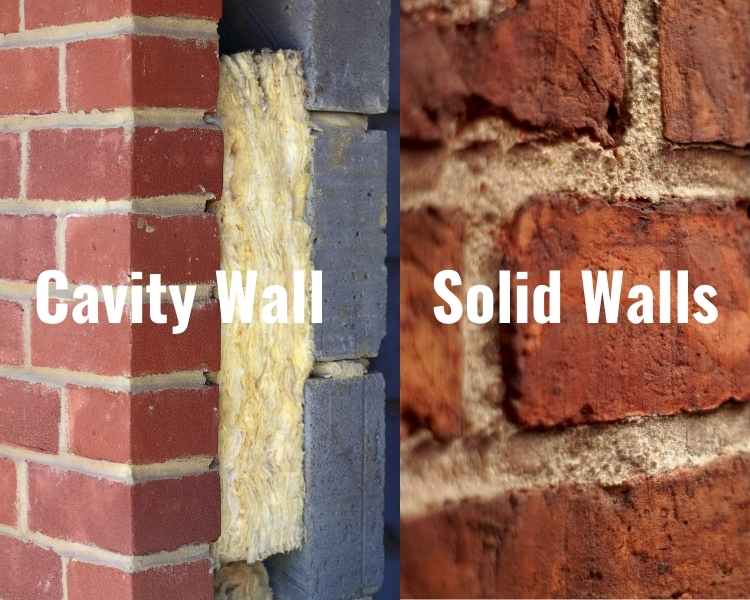
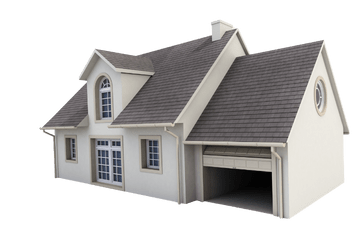
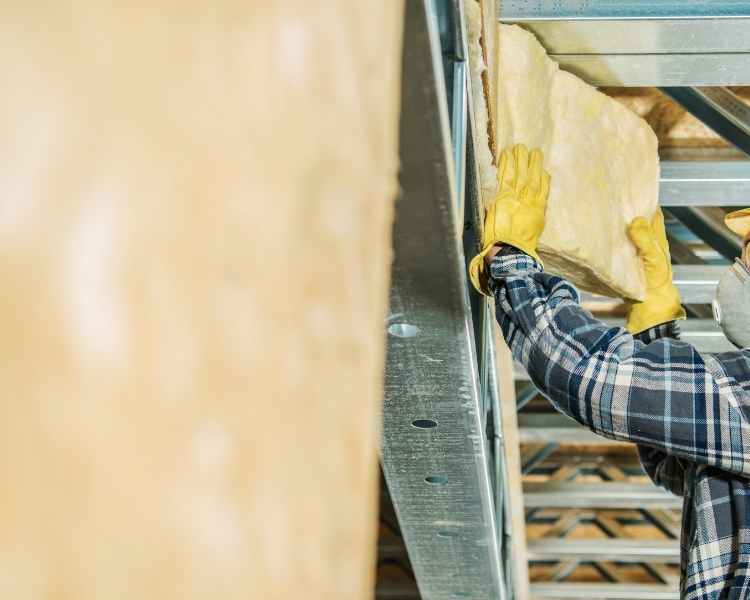
If you're starting to think about having external wall insulation installed in your home, there are still a few more things you'll need to know, starting first with planning permission. And yes, actually, you do need planning permission from your local authority or local council before you can install external wall insulation, because if nothing else, it will change the look of your property.
In conservation areas or for listed buildings, this permission is not going to be easy to get, but it's still always best to check if your local council grants this sort of permission.
If you live in a fairly modern detached or semi-detached property, that's not in a conservation area, then you're likely to receive permission to go ahead.
It's your job to seek this permission as the property owner, though, so make sure you get this before any work begins on your property.
Another important thing you'll need to know is the external wall insulation cost. So, just how much will external wall insulation cost you?
Well, that depends on a bunch of factors, including:
On average, depending on the factors above, a large detached property will cost between £8,000 and £15,000, and a three-bed semi between £5,000 and £9,000. There are instances where jobs may cost more or less depending on the factors above, so it's always a good idea to contact us for a quote. Once we've seen the property and worked out exactly what you'll need, we'll be able to paint a more realistic picture for you.
It's also important to check other websites like the Energy Saving Trust to see if there is a Green Homes Grant that applies to your area. With a Green Homes Grant, you won't have to pay the entire bill since you're futureproofing your home, which falls in line with the Government's attempts to reduce the impact of climate change and the country's carbon footprint - so they may cover some of the cost for you.
We're not experts in grants though, so it's always best to check!
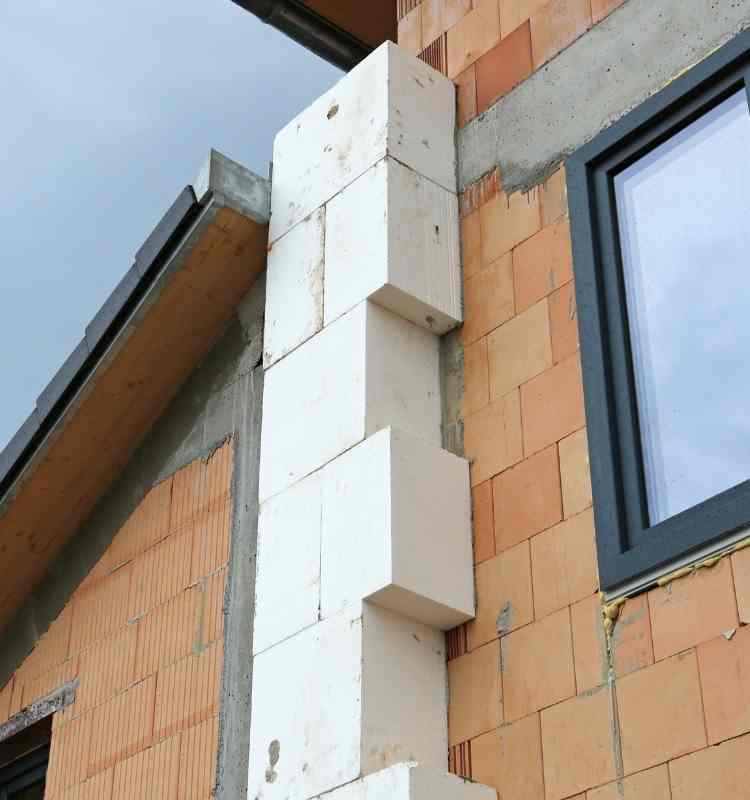

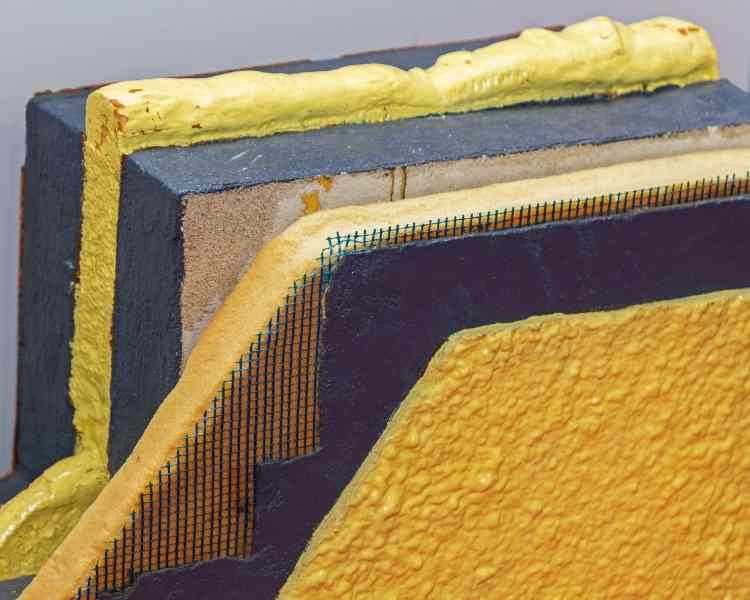
You'll notice a significant reduction in energy bills as your external wall insulation will provide heat once the heating is turned off, seriously reducing the amount of heating you need to put on (so it's energy saving) and your overall heating bill each month. Not only will your heating bills and energy bills go down, but the comfort in your home will also increase as a result because draughts won't be as big a problem moving forward. Insulation is great at stopping draughts, a big problem in older properties, and it'll mean more comfort and energy saving!
Insulation makes noise coming from outside your home reduce significantly, which means a better night's sleep or a more tranquil environment for you and your household members.
Unlike with internal insulation, we won't need to come inside your home when carrying out the job.
This means that the walls beneath the insulation are properly protected from the elements. This can increase the life of your walls and mean your property is protected effectively for years to come.
Internal walls especially won't be affected by condensation as badly as before, since the external insulation layer acts as another layer of protection against moisture in the home.
The biggest drawback is that it requires permission, and this can sometimes be a long, drawn-out process that can be frustrating. This can be made even more frustrating if permission isn't granted at the end of it.
Although not overly common, if the wrong insulation is applied or if something is wrong with the damp proof course, external insulation may lead to damp problems. In order to combat this, you should only work with trained professionals like us here at MisterRender. This is not a DIY job or one for businesses without a proven track record and plenty of experience. If done badly, problems can soon rear their ugly heads.
And finally, the other major drawback is the cost. It's not cheap to install, so for many people it makes more sense to opt for internal options in order to keep costs down.
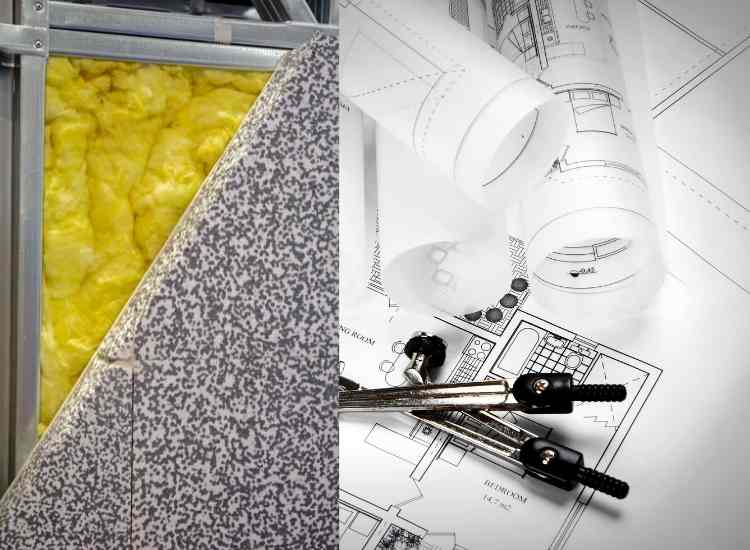
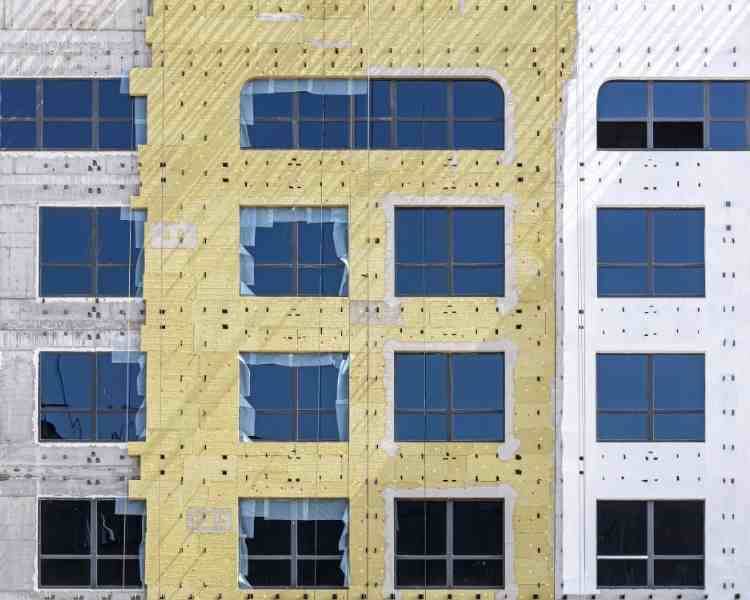
Hopefully, this has taught you a thing or two about this type of insulation. If, after all that, you're still not quite sure if you need to have it installed on your Ripon property, then why not contact us here at MisterRender today?
We're experts in matters like these, and with plenty of experience in the field, we'll be able to talk you through your different options.
One thing's for sure though, external insulation can make a real difference to your property by improving its thermal performance and energy efficiency, which can ultimately save you money and make your house a greener one.
Before jumping straight into a job as large as this one, though, it's always best to talk with professionals beforehand - and we're only too happy to help!

External wall insulation is one of the most effective proven methods of preventing condensation and moisture concerns. The insulation will form a blanket around your house, increasing your comfort inside.
External wall insulation is more expensive than internal wall insulation, but it is far more effective. It is the best answer if you want a warmer, quieter home that is less expensive to run, and these expenses can be reduced significantly by merely exterior insulating some of your outer walls.
External solid wall insulation offers a considerably more weatherproof option, not only preventing permeating moisture from entering the cavity but also preventing weathering from having a long-term harmful impact on the property's external walls. External wall insulation on cavity walls, on the other hand, provides additional advantages.
Combining internal and external wall insulation can be the most effective way to insulate your home. Internal wall insulation is installed on the walls facing the street, with external wall insulation done on the rest of the property.